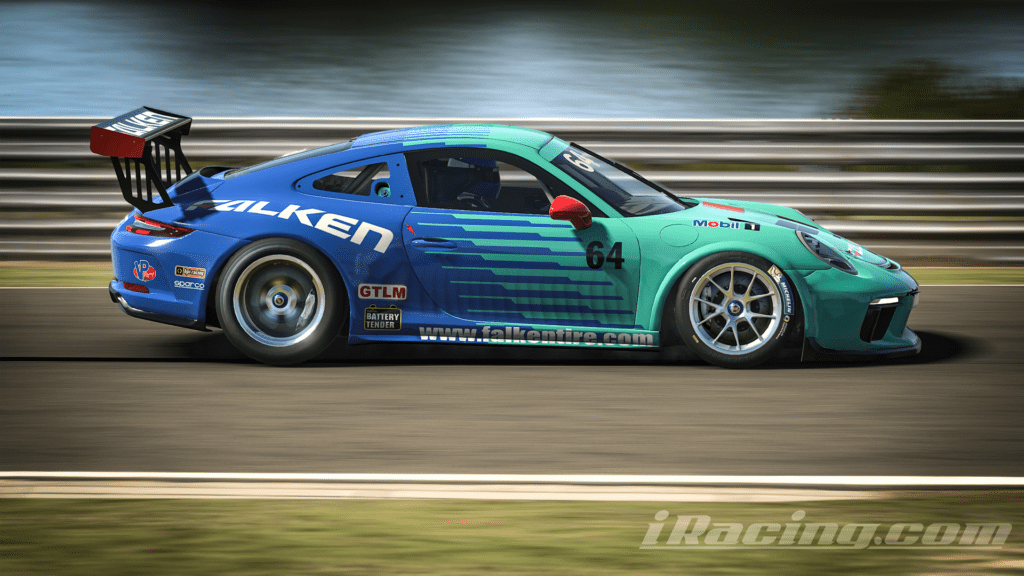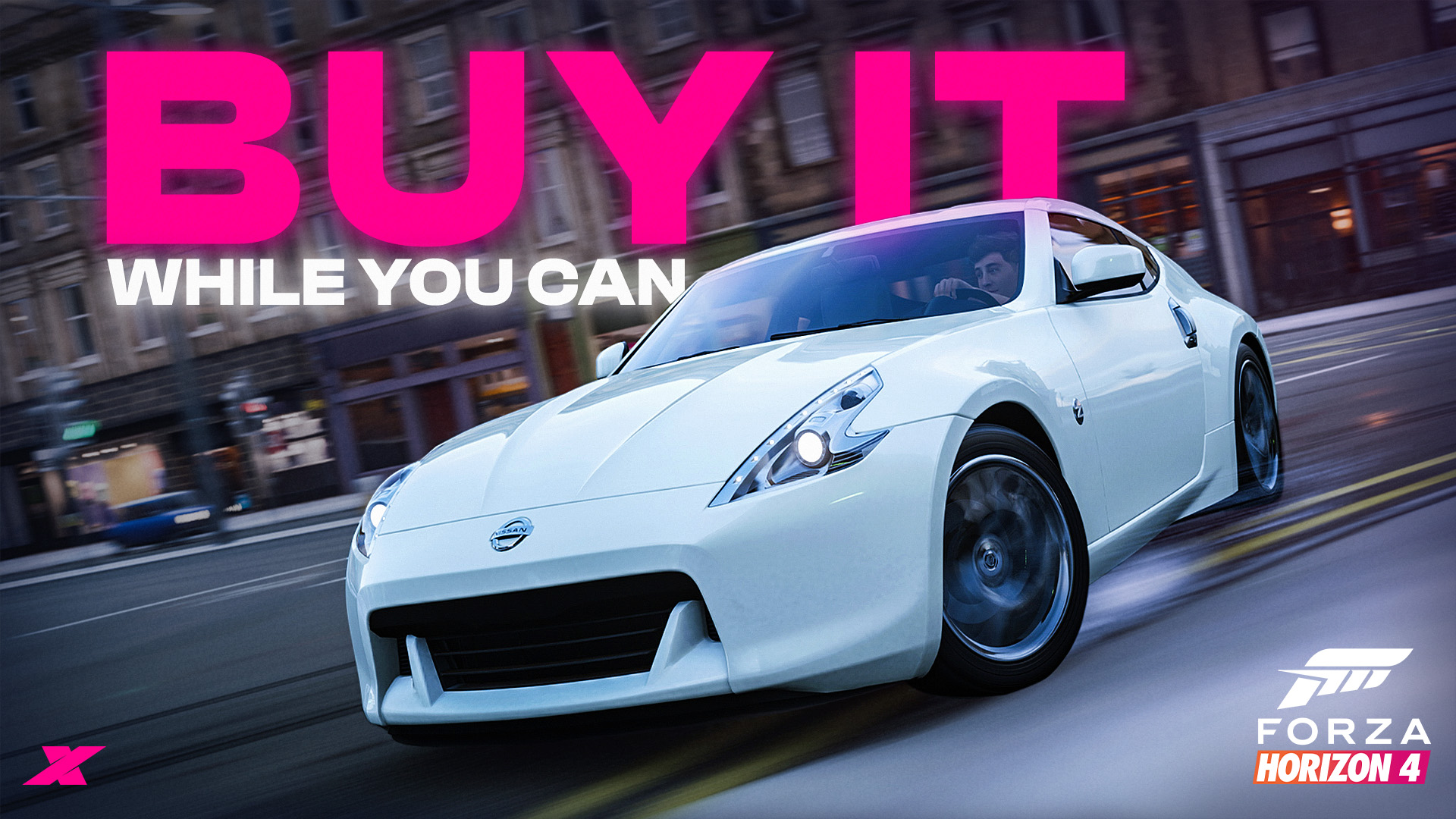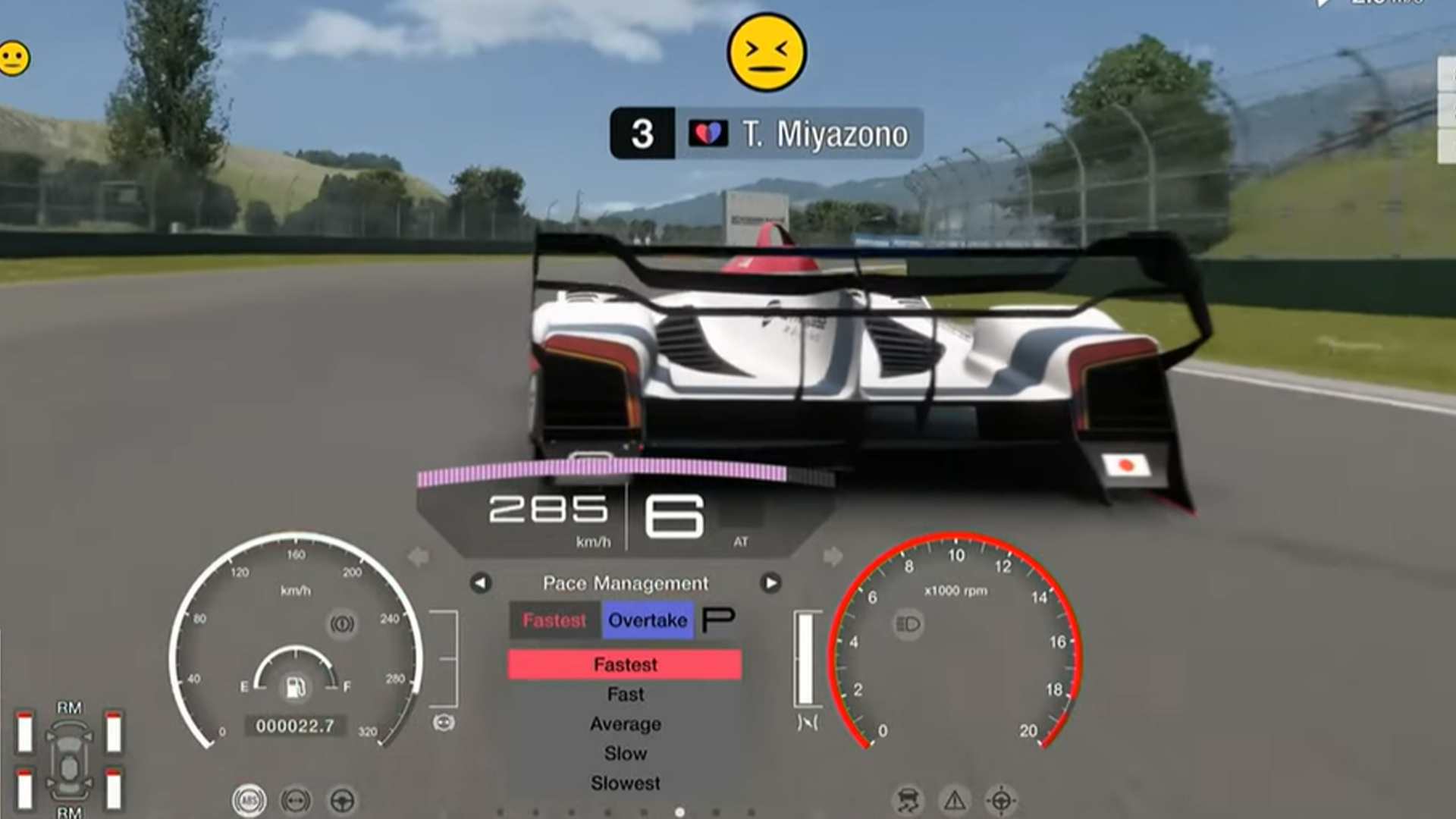Driving quickly is never quite as simple as it seems, and requires a number of different elements all to be working in harmony. There are a variety of techniques used by drivers – both in real life and sim racing – that help achieve faster lap times and better results.
Here at Traxion.GG, we aim to give you as much insight into racing techniques as possible, helping you become a better driver.
Therefore, I’m going to tell you about a fairly advanced braking technique that may well help you bridge the gap between quick and very quick lap times. This technique is called trail braking.

The usual advice when it comes to braking, is to brake hard in a straight line heading into a corner, lifting off the brakes before turning in. Although this is solid advice when you are learning the ropes, it’s not always the best way to take a corner.
I’m going to explain exactly why trail braking is such an important skill to master if you are looking to make that next step, and then show you how and when to use it.
What is trail braking?
The best place to start is by contextualizing the term to understand what it means. The word ‘trail’ in this instance is referring to the verb ‘trailing’ which could also be described as ‘dragging’.
Think of it this way, if someone said “I had to drag my partner away from their sim rig this evening, it’s inferring that there was some resistance, but they were pulled along anyway.
This is a bit like trail braking. You are dragging the car into a corner using steering angle, while maintaining a little bit of resistance via the brake pedal.

Braking Bad
As said previously, you are normally told to brake in a straight line and turn in afterwards – and there is a good reason for this. There is of course a limit to how much grip a tyre can give you before it begins to slide, and with racing cars this grip has to be shared out between lateral forces (cornering) and longitudinal forces (ie, acceleration and deceleration).
The more you turn the steering wheel, the less available grip you have to be able to accelerate or decelerate (and vice versa).
At the start of January, we did an experiment to see what it would be like to drive a front-wheel drive Formula 1 car. The video demonstrates this theory perfectly. Because the front tyres were trying to do two things at once – in this case accelerate and turn at the same time – they were struggling to cope.
If I applied no throttle and turned the wheel, the car turned no problem, and equally if I accelerated without applying any steering lock, the car accelerated.
But as soon as I tried to do both things at once, the tyres couldn’t cope and all grip was lost. I had to really balance the car and only use a tiny input of throttle when steering in order to avoid overworking the tyres.
By focusing on one thing at a time, braking first then steering, you are only asking the tyres to cope with one heavy force at a time, giving you decent levels of grip in both phases. And this is why the regular braking technique works, it’s safe and allows you to stay within the limits of the available grip.
However, by doing this you aren’t exploiting the full potential of the tyre, and if you are looking to go as quickly as possible, you need to maximise every opportunity where extra grip is available. And that is where trail braking comes in.

Maximising grip potential
This technique allows you to use more of the tyre’s potential grip during the braking phase and corner entry. As you begin to turn in for a corner, instead of quickly jumping off the brake pedal and turning the steering wheel, maintain a little bit of pressure on the brakes at the same time as you begin to turn.
Then, as you need to apply more and more steering lock, slowly ease your foot off the brake pedal to avoid overworking the tyres. By doing this, you are able to use more of the available grip heading into the corner, allowing you to carry more speed and therefore gain lap time.
However, if you try and use too much steering angle with too much brake pressure applied, you will have the same problem that I suffered in the front-wheel-drive Formula 1 car. The tyres will be unable to cope with the lateral turning loads and the longitudinal deceleration loads.
Essentially, this whole process is one big balancing act: it’s balancing the grip usage of the tyres between turning and decelerating, and it’s also balancing the car from front to back. This is another crucial aspect of trail braking and is probably a little easier to wrap your head around.
Brake it to me gently
When braking for a corner, the balance of a car changes as the weight moves over the front wheels and away from the back of the car.
This can be useful when you are heading into a corner as having more weight on the front of the car means that your front tyres will have more grip, so the car will turn in better.
Basically, in this context, think of weight and grip as the same thing. By applying a little bit of brake pressure as you are turning into the corner, you can influence the weight transfer from one end of the car to the other. Because of this, you can control the weight distribution of the car from front to back, using your foot.
This is a skill you do not want to waste.

Imagine you are heading towards a long, medium-speed corner. Let’s use the Alboreto Curve at Monza – formerly known as Parabolica – as an example. When you initially hit the brakes in a straight line, you use a lot of force on the pedal to slow down as quickly as possible.
At this moment, all of the weight is pushed towards the front of the car. If you suddenly lift off the brakes, the weight shifts backwards and this change can unbalance the car. It will also mean that the front of the car will have less grip because there is less weight, and the rear of the car has more grip because there is more weight.
This will often cause natural understeer, as the front tyres can’t give you the grip you need to turn into the corner. This means you run wide, miss the apex, and Scuderia Ferrari Formula 1 team will withdraw their contract offer.
Now let’s go back to the initial braking zone and look at the other end of the scale.
This time you brake later and apply too much braking pressure as you start to turn into the corner. The front tyres aren’t able to cope with the combination of heavy braking and sharp turning at this speed, so experience a lock up.

Ideally then, when you turn into a corner you want to have enough weight over the front of the car to give you lots of grip allowing you to hit your apex, but not too much that you overload the front tyres and lock up. As stated before, the brake pedal can effectively be used to control weight transfer and give you the perfect balance heading into a corner.
All of this of course depends on the type of car and the setup. Front wheel drive cars will react differently to rear wheel drive cars, brake bias can also exert an influence, as will grip available from the track.
For example, an F1 car with lots of downforce, with slick tyres on a dry track will have a totally different grip threshold to a hot hatch on-road tyres in the rain, despite what most young men in Britain seem to think…
Braking the habit
So then, the next question is how do I know when to trail brake? Generally speaking, it’s a more beneficial technique to use in slow or medium speed corners, but is also handy for certain longer turns.
Let’s take the circuits in Assetto Corsa Competizione as an example. Some of the best examples of standalone trail braking corners are turns two and five at the Hungaroring, Brooklands and Luffield at Silverstone, and the aforementioned Alboreto Curve at Monza.
All of these corners are long in length and medium or low speed. However, arguably the most important time to use this technique is when you are approaching a section where one corner acts as the braking zone for the next. The first two bends at Suzuka or Curva Tramonto at Misano are great examples.
You can gain so much time here with good trail braking as you can carry decent speed through the first corner while maintaining a balance sufficiently good enough to follow the ideal line for the next corner.

Arguably the best track for practising this technique is Snetterton, especially the 200 layout if your chosen sim has it. Turn two – the Montreal hairpin – requires a bit of trail braking to get the car rotated at the apex. Then, turns four and five – Brundle and Nelson – can be taken at a much higher speed with good technique.
Get the balance wrong and you will either understeer off to the right or oversteer and spin off to the left. The final section, turns seven and eight – Coram and Murrays – also require a bit of trail braking, slowing the car down as late as possible through Coram while maintaining the optimal racing line into Murrays to maximise your exit speed.
So, despite the 200 layout being a short track, there are three tricky sections to practice your trail braking technique.
However, not all cars and setups will suit, or even require trail braking. Oversteery front-wheel drive cars are already very front end focused, so might not be able to cope with extra brake pressure, while an understeery rear-wheel drive car may require trail braking further and harder into the corner in order to get the required rotation at the apex.
Unbrakeable
Okay, I think its about time to summarise all of this information. Trail braking is about maintaining a little bit of brake pressure as you turn in for a corner, adjusting brake pressure as steering angle increases in order to control the balance of the car.
This not only gives you more control of the balance from front to rear, but also allows you to use all of the available grip from your tyres at any given moment.

Trail braking is most useful in slower, longer corners and when it works, the benefits can be seen throughout every phase of a corner.
Firstly, you can brake later and carry more speed as you enter the corner because you are maximising the available grip of the tyres. Secondly, being able to control the balance of the car means you prevent potential spins or understeer by modulating brake pressure as you turn in.
Lastly, this also allows you to rotate the car better in order to hit your apex, and in turn, allows you to get on the power earlier and harder at corner exit, increasing your terminal speed on the next straight.





Chat with the Community
Sign Up To CommentIt's completely Free